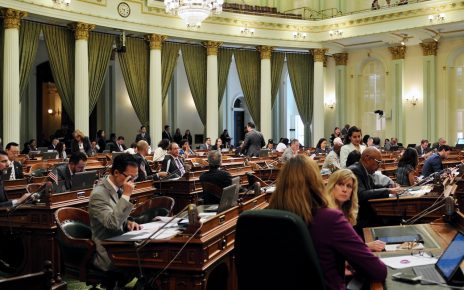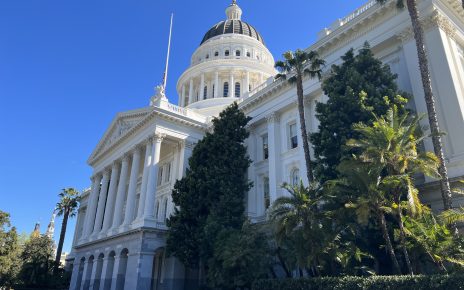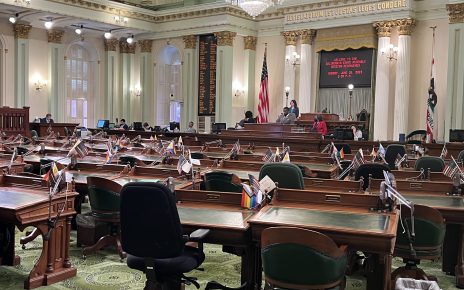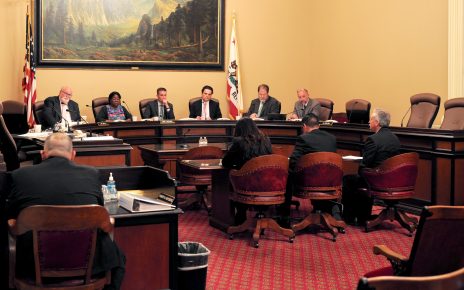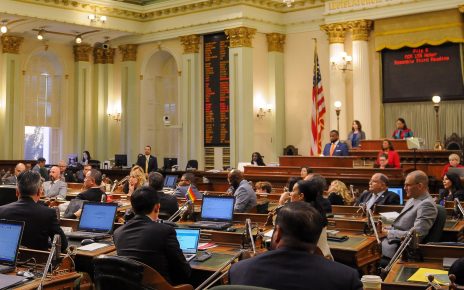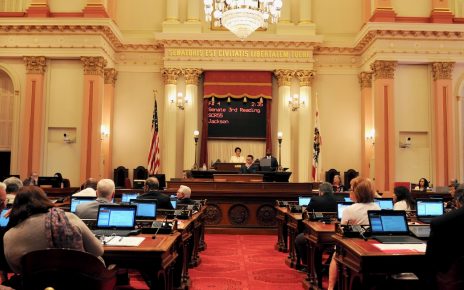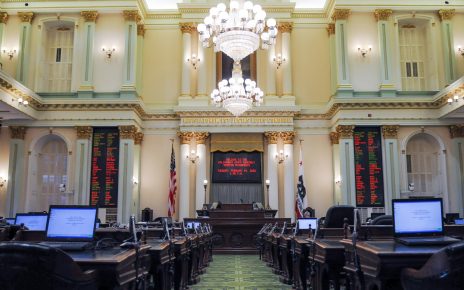An Introduction to the California Legislature and the Legislative Process
This general overview of the California legislative process is intended to acquaint those new to the State Capitol with basic information to appreciate different aspects of the process and some of the players in the legislative process. The website of...

